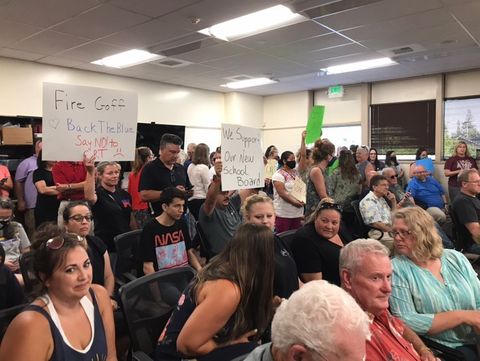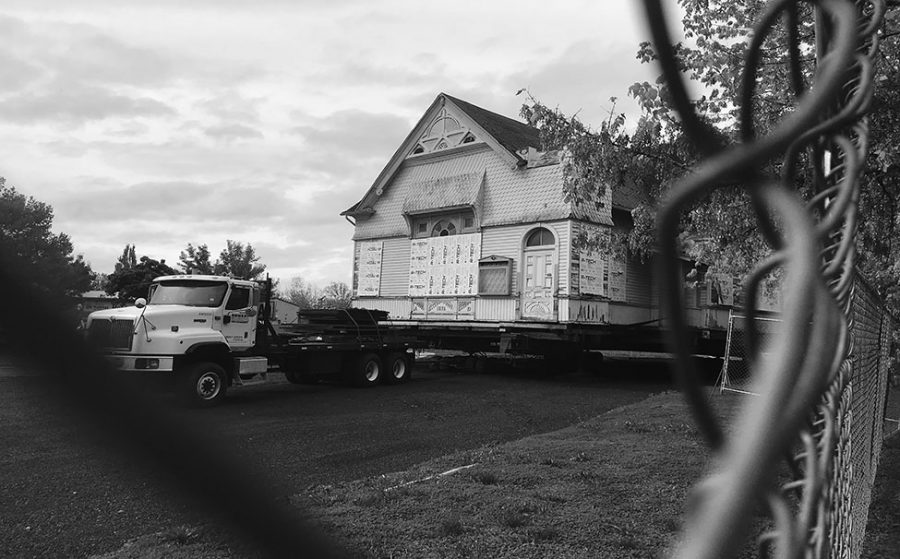On the corner of First Street and Lyon was a bowling alley, café, department store, ballroom, and even a government-issued United Service Organization center (USO). These were just some of the previous occupants of this historical building. This three-story building currently housing the 22-year old Boda Furniture store encompasses a large array of furniture and offers views of Downtown Albany. Named after the family who originally owned it, this building is called Sternberg.
Owner of Boda Furniture, Chuck Swoboda, explains that the city and county didn’t keep a record at the start of the Sternberg building. “We believe that the building was finished around 1929, but because of The Great Depression it may have not been occupied by the people who originally built it,” Swoboda said.
The time between its original building and 1942 are slightly unclear. In the summer of 1942, the Sternberg building was approved for remodel into a USO center. Initially, $17,000 was put into the remodel and the Sternberg building saw new life.
According to the Albany Regional Museum, According to Albany Regional Museum, in July of 1943, the brand new USO center opened in Albany. In November of that year, it was reported that 46,000 soldiers visited the USO, which provided entertainment and relaxation for those who were from Camp Adair or returning from the front.
The top floor of the Sternberg building was used as a ballroom. “My mom and her twin sister were bussed down from Salem to dance with the Camp Adair men over here at the USO,” Swoboda said.
On the second floor, there are six apartments in which soldiers could stay. Half of this floor was actually missing because it was part of the first floor’s ceiling. The first floor housed the general lobby of the USO center, as well as a pool hall and a place for soldiers to get snacks and socialize. Swoboda explained that this floor was used as an ice cream social area; most people who were going to fight in the Pacific weren’t old enough to drink.
The basement contained an entire bowling alley where soldiers could go to relax and bowl. Due to the absence of automatic pinsetters, which weren’t invented at that point, each and every pin was set by hand. An issue that Swoboda mentioned was the hot temperatures that the basement reached because of the bowling alley.
After the war, many USO centers closed, including this one. After that, it changed hands multiple times every so many years, until Swoboda bought it in January of 2003. Since then, Swoboda has been running his business while also doing occasional upkeep on the Sternberg building.


